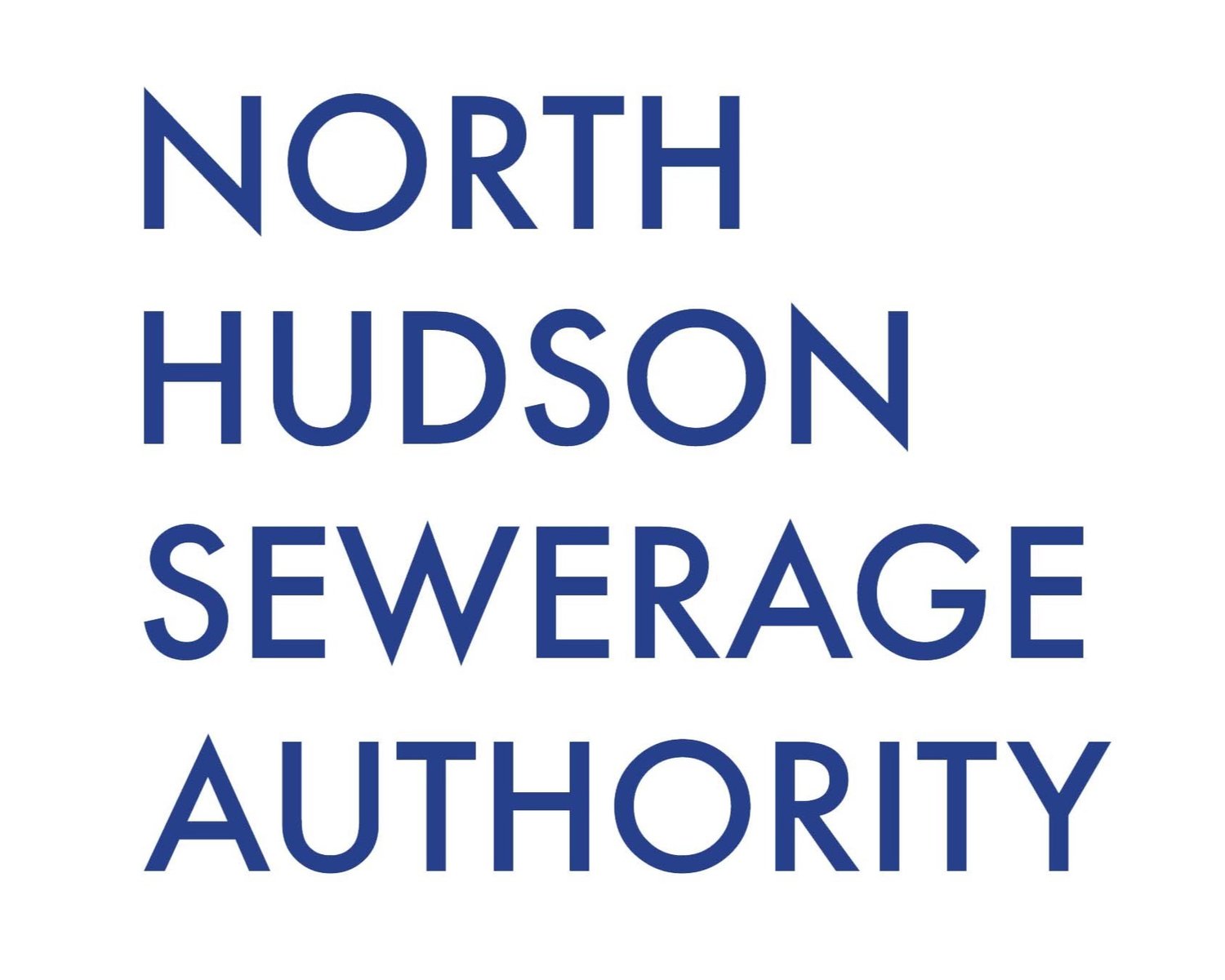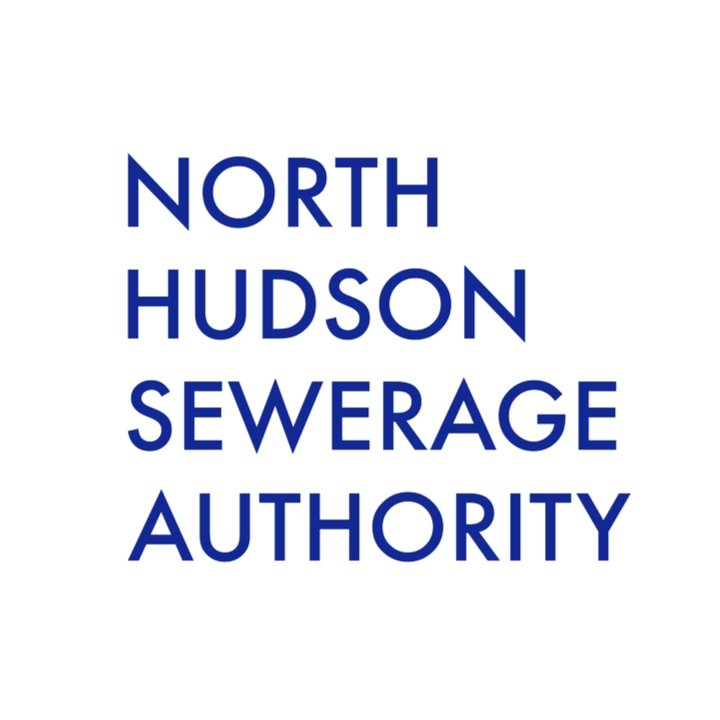Combined Sewer Overflows
Why Reduce CSOs?
Do you care enough about the environment to want a cleaner and safer Hudson River? If so, then we have to reduce significantly the number of CSO discharges to the river.
In rain events, a combined system diverts flow from the treatment plants to the river. The flow is not treated at the plant. Although there is some basic treatment at the end of the overflow pipes, this just removes solid waste, like bottles and garbage. The minimally treated effluent that goes into the Hudson often has high levels of pollutants, like fecal matter and bacteria.
The Federal goal, embodied in the 1972 Clean Water Act, to make US rivers and waterbodies swimmable and fishable, depends on reducing CSO discharges. CSO communities, like Hoboken, Union City, Weehawken and West New York, are expected to reduce minimally treated CSO flows into waterways. In 2015, the NJDEP issued requirements that all CSO dischargers in New Jersey develop Long-Term CSO Control Plans (LTCP) by June 2020. For North Hudson, these plans will be the blueprint for what needs to be done in subsequent years to reduce dramatically CSO discharges into the Hudson River.
Outfall signs like this are installed at each of our 9 outfalls along the Hudson.
What’s it Going to Take?
That’s the question that North Hudson is looking at right now. Engineering studies are underway to determine by 2020 what strategies and initiatives North Hudson will implement, with NJDEP approval, to reach its stated goal.
Controlling CSOs requires significant investment in infrastructure, some of which is over 100 years old. North Hudson is ahead of the curve having made substantial capital investments in infrastructure and maintenance over the last 25 years. Thus, relative to other sewer systems around the State, North Hudson is in a strong position to successfully develop and implement its LTCP. To do so takes not only engineering expertise, but also considerable capital.
The State provides low interest loans to support sewer infrastructure, but no outright grants. North Hudson has taken advantage of the low interest loans and has prudently managed its finances so that it is in the best possible position to implement its mandated LTCP after 2020. The infrastructure costs will be spread over decades which will minimize the impact on current customers. Meeting these environmental goals will be made even more difficult if the pending 2% cap on annual rate increases is ultimately found to be constitutional by the New Jersey courts.
All of our outfalls are equipped with check valves like this “duckbill valve” to keep the river from coming back into our system.
The H1 Wet Weather Pump Station helps keep southwest Hoboken dry during storms.
What are CSOs?
“CSO” stands for Combined Sewer Overflow. But what does that mean? Let’s take the first two words: Combined Sewer. In a CSO system, sanitary sewers, which convey household and commercial wastewater to treatment plants to be sanitized, and storm sewers, which transport rainwater and melted snow to a waterway, are combined into one, single sewer. That’s where the “C” and the “S” come in.
Not all systems combine sanitary flow and stormwater in the same sewer pipe. A CSO system is normal in older urban areas, like Hudson County, where sewer infrastructure can date from the Civil War. In newer communities, there are separate sewer pipes for sanitary and storm flow.
During dry weather, CSO systems work just fine. The problem is when it rains. In wet weather, with the rain water and sanitary flow forced into a single sewer line, the combined flow can become too much to transport and treat at the wastewater plants. Consequently, the combined wastewater and stormwater is diverted from the plants into the Hudson River, a sort of “overflow” of the system. That’s where the “O” in CSO comes from. So, now you have it: CSO = Combined Sewer Overflow.
What Have We Done So Far?
The work to reduce CSOs goes back many years, before the current 2015 Federal and State mandate.
Over the last 20 years, North Hudson has eliminated three CSOs that discharge into the Hudson River. Today, it has nine.
Over 5.5 miles of sewers have been relined, replaced and rehabilitated to increase capacity and flow to the treatment plants during rain events.
Treatment systems have been upgraded.
End-of-pipe controls have been put into place to provide basic treatment at the outfalls.
Green infrastructure projects have been undertaken throughout the entire service area.
Detention tanks have been built under public parks.
Wet weather pump stations have been constructed.
Public notification systems were put into place to alert the public when CSOs are active.
All these initiatives, a $65 million investment, have already made a difference in reducing the volume of CSO discharges during rain events.
What Can We Expect?
The staff, engineers, and operators working for NHSA are all hard at work on the new Long Term Control Plan. Check out this page later for more details on the LTCSO projects that are both underway and envisioned going forward. We are anxious that the public understand the goals, strategies and expected outcomes of North Hudson’s LTCP.
NHSA met to discuss the LTCP and its progress on the following dates:
The meetings take place at NHSA offices at 1600 Adams Street, Hoboken.
For more information, please visit:
Check out our rain garden in front of the NHSA administration building.






